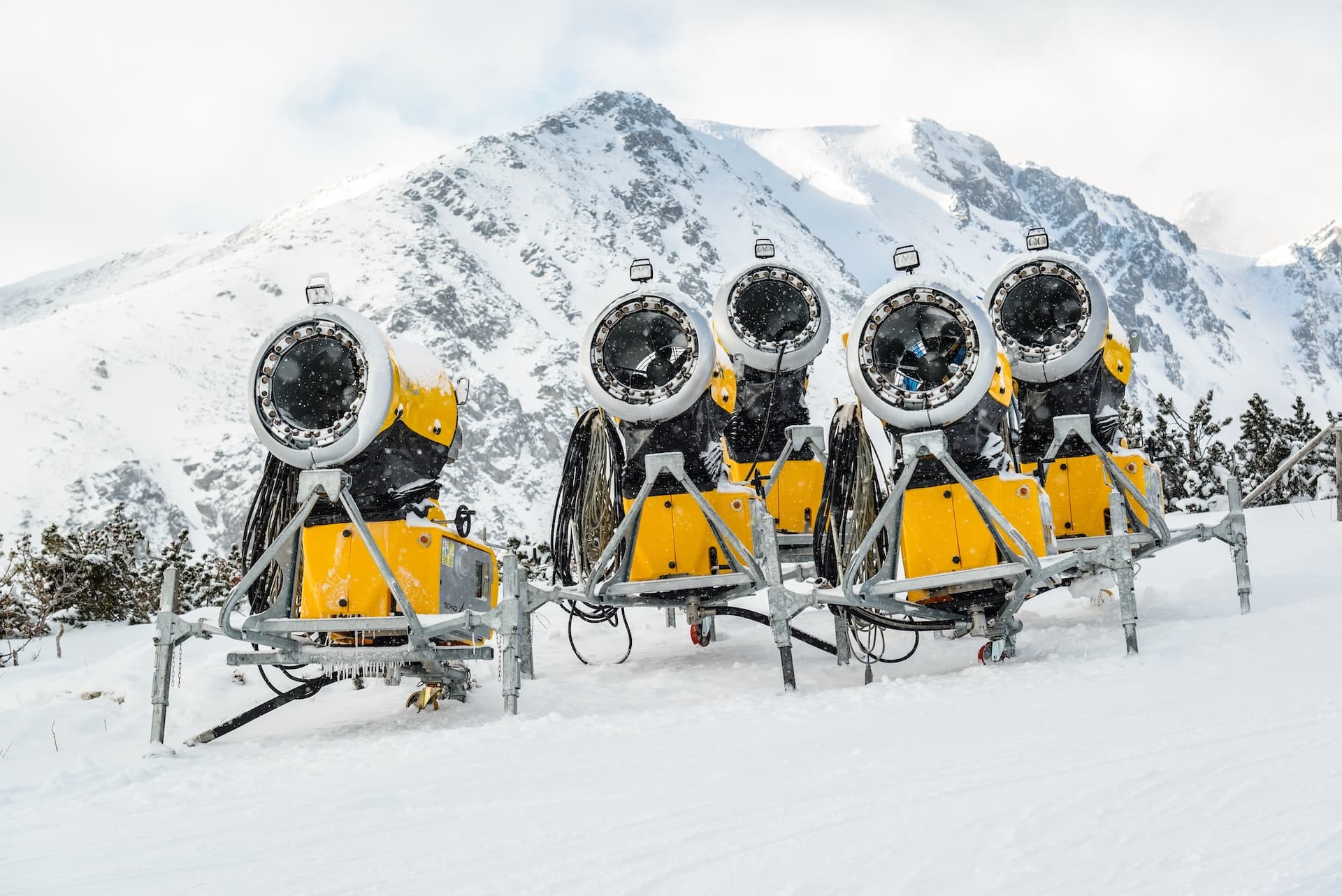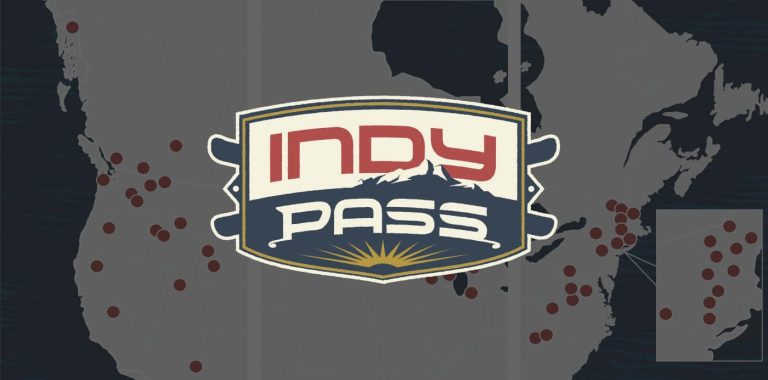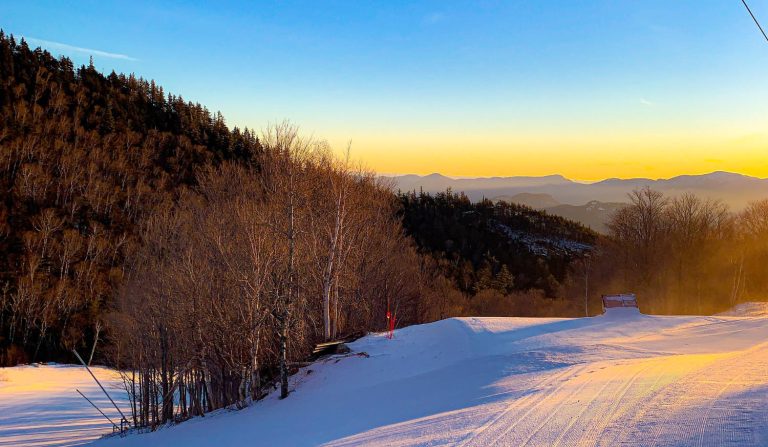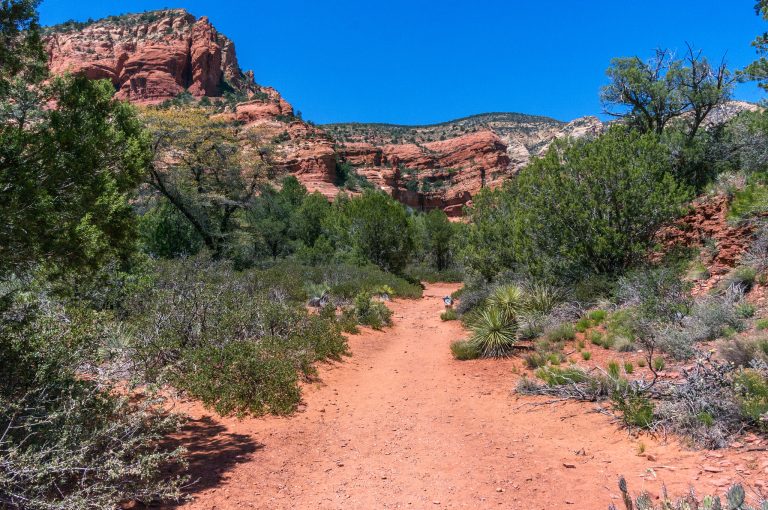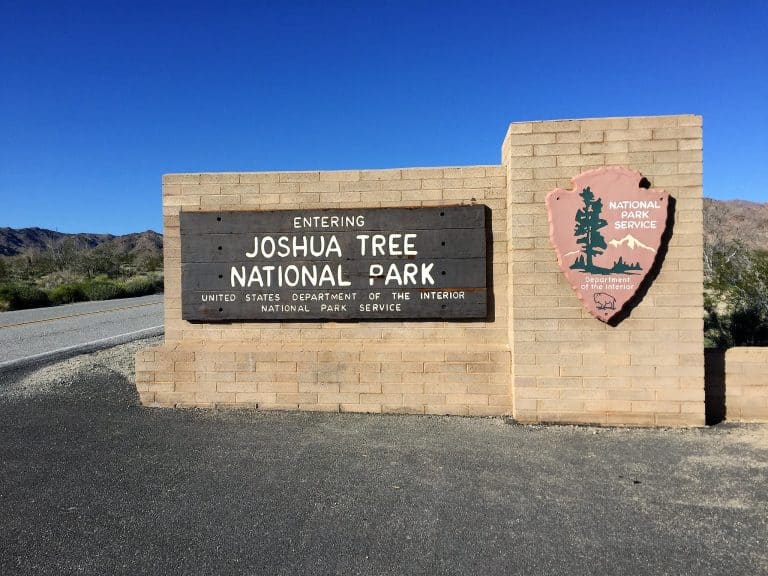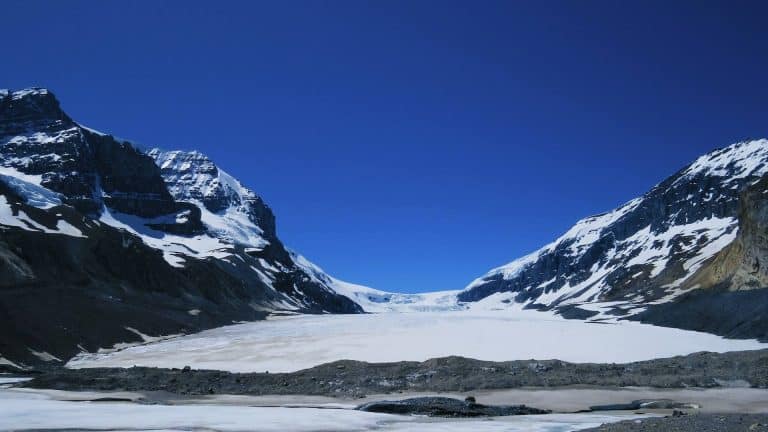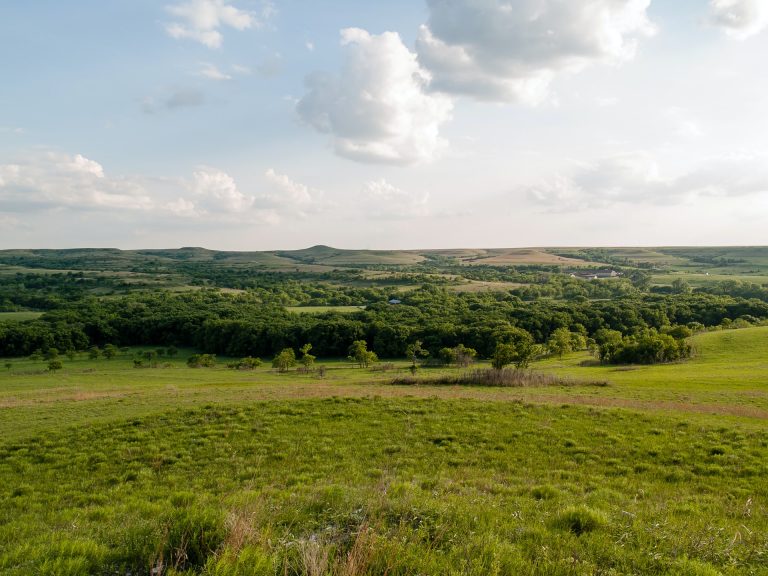When Do Ski Resorts Open?
The ski season in the United States typically runs from late November or early December through April or May, depending on the weather and snow conditions. However, the exact dates of the ski season can vary from year to year and depend on a variety of factors, including the amount of natural snowfall and the resort’s snowmaking capabilities. Ski resorts in different parts of the country may have different opening and closing dates depending on the local climate and elevation.

How Do Ski Resorts Extend Their Ski Season?
There are several ways that ski resorts can attempt to extend their ski season:
Snow Machines

Most ski resorts use snowmaking machines (snow guns or snow cannons) to produce artificial snow, which allows them to maintain groomed runs even when there is little or no natural snowfall. In fact, it’s actually a bit of a misnomer, calling it artificial snow. Man made snow is real snow, just made through the use of machines rather than typical weather patterns. It is also more durable than natural snow, seeing how it has a higher moisture content, leading to slower melting.
This manmade snowfall can help ski resorts to open earlier as well as stay open longer. Snow making especially helps during mild winters or when there are prolonged periods of warm weather, but the nights still drop below freezing.
Once temperatures reach the 28-degree wet-bulb threshold, snowmaking can begin. The “wet bulb” temperature is the regular air temp adjusted for relative humidity. Snow machines combine compressed air and water in order to make droplets. Those droplets lose pressure quickly once created, and as soon as they meet the outside temperature, they transform into snow. It takes 175,000 gallons to make 1 acre-foot of snow.
If these ideal conditions exist, an acre of slopes can be covered with 2 feet of snow in one hour with snow guns. However, it typically it takes a resort a constant 24 to 36 hours of snowmaking to open the slopes early in the season. These snow machines are powerful too. Under optimal weather conditions, common snow making equipment can cover a football field with 35 to 40 feet of snow in 24 hours!
Grooming

Ski resorts also use grooming machines to smooth out and compact the snow on their runs, which helps to preserve it and extend the ski season. The more compact their snowpack is, the less likely a short burst of springtime warm weather will end their season early.
Ski resorts groom their slopes using a variety of specialized machines, including snowcats and snow groomers. These machines have large blades or tiller bars on the front that are used to cut and level the snow, as well as rollers on the back that help to compact the snow and create a smooth surface.
The grooming process begins by clearing any debris or obstacles from the slopes. The snowcats or snow groomers then make several passes over the slopes, cutting and leveling the snow as they go. Some groomers are equipped with additional attachments, such as winches or winch cats, that can be used to pull snow from one area of the mountain and redistribute it elsewhere.
After the grooming process is complete, the slopes are typically ready for skiers and snowboarders to use. However, ski resorts may continue to groom the slopes throughout the day to maintain the quality of the snow and ensure that it remains smooth and consistent for skiers.
Temperature Control
Some ski resorts have invested in technology that helps them to slow the warming of the snow on their runs, which can help to preserve it for longer periods of time.
These controls are less technologically advanced than you’d think. The most common ways to slow down the snow melt is to cover the important sections with either blankets, tarps, or sawdust.
Tarps and blankets keep direct sunlight from melting the snow. Sawdust will help the snow from melting out as it will not let sunlight reach it directly, while at the same time having little impact on skiers since it is so light.
Marketing & Promotion
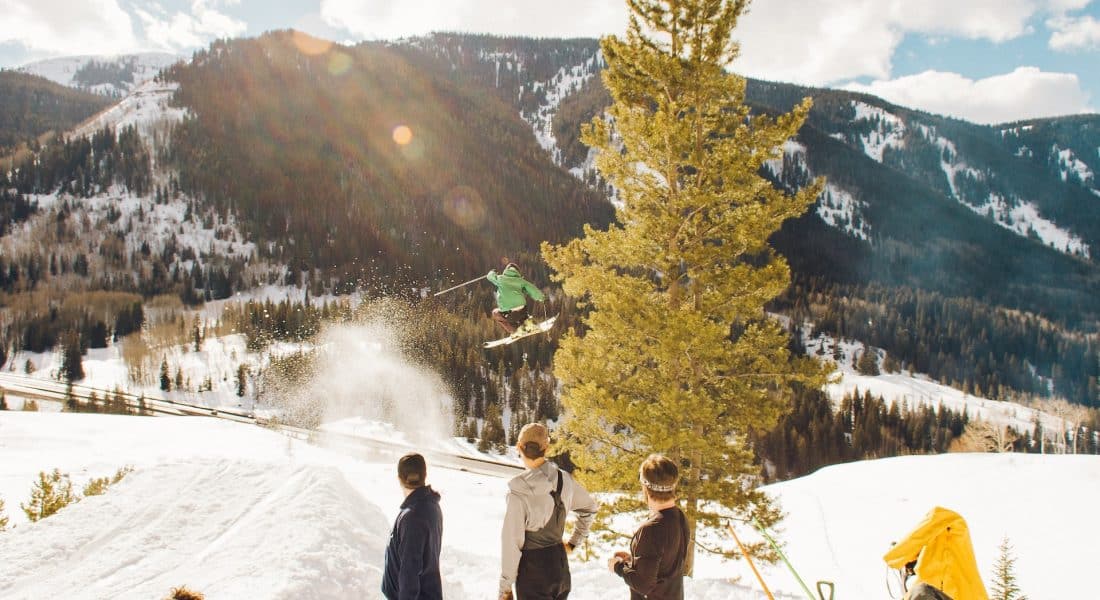
Ski resorts may use marketing and promotions to encourage skiers to visit during the shoulder season, when the ski season is ending or just beginning. This can help to extend the ski season by attracting skiers who might not have come otherwise.
The shoulder season for ski resorts refers to the period of time between the peak ski season and the off-season. The shoulder season typically falls in the spring or fall, when the weather is milder and the snow is not as consistent as it is during the peak ski season.
During the shoulder season, ski resorts may offer discounted rates or special promotions to attract skiers and other visitors. The slopes won’t be as high quality due to the warmer temperatures, but if there is any way they can squeeze out a few extra days, resorts will do it by any means necessary.
